
Visual Regression Testing Made Easy with Selenium
Jan 30, 2025 2 Min Read 500 Views
(Last Updated)
How confident are you in your application’s visual consistency after a code update? Visual glitches, even small ones, can disrupt the user experience and impact your product’s credibility. A single visual bug might seem insignificant, but it can cause frustration among users and potentially hurt your brand’s reputation. That’s where visual regression testing steps in to save the day. It’s the safety net ensuring your UI looks just as flawless after changes as it did before. With automated tools, you can quickly detect visual differences, saving time and reducing manual review effort.
In this blog, we’ll break down how to integrate the visual-comparison library with Selenium to streamline your testing process. Visual regression testing ensures that your application’s design remains consistent across updates and platforms. This guide is designed to help both experienced QA professionals and developers new to automation ensure pixel-perfect designs with ease, without compromising efficiency or accuracy. Let’s get started!
Table of contents
- Why Choose the visual-comparison Library?
- Getting Started
- Step 1: Installation
- Step 2: Capture Screenshots
- Step 3: Compare Images Using visual-comparison
- Best Practices for Visual Regression Testing with visual-comparison
- Advantages of Using visual-comparison
- Conclusion
Why Choose the visual-comparison Library?
The visual-comparison library is a lightweight Python package designed specifically for comparing images in visual regression testing scenarios. Here’s why it stands out:
- Ease of Use: A minimal learning curve with straightforward methods for image comparison.
- Highlighting Differences: Automatically detects and marks visual differences with red rectangles.
- Simplicity: Focuses on practical applications with fewer dependencies.
- Integration: Perfect for incorporating into Selenium-based test automation frameworks.
Getting Started
Step 1: Installation
You can install the visual-comparison library via PyPI:
pip install visual-comparison
Step 2: Capture Screenshots
Use the Selenium automation tool to capture screenshots of your application. These screenshots will act as your expected image for comparison.
Example Code to Capture Screenshots:
from selenium import webdriver
# Set up WebDriver
driver = webdriver.Chrome()
driver.get(“https://example.com”)
# Capture baseline screenshot
driver.save_screenshot(“expected_image.png”)
driver.quit()
Step 3: Compare Images Using visual-comparison
Once the screenshots are captured, use the visual-comparison library to detect visual differences.
Example Code for Image Comparison:
from visual_comparison.utils import ImageComparisonUtil
# Load the expected image and the actual screenshot
expected_image_path = “expected_image.png”
expected_image = ImageComparisonUtil.read_image(expected_image_path)
actual_image = ImageComparisonUtil.read_image(actual_image_path)
# Choose the path to save the comparison result
result_destination = “result_image.png”
# # Compare the expected image with the current image
similarity_index = ImageComparisonUtil.compare_images(expected_image, actual_image, result_destination)
print(“Similarity Index:”, similarity_index)
# Asserting both images
match_result = ImageComparisonUtil.check_match(expected_image_path, actual_image_path)
assert match_result
The compare_images function highlights all differences in red and saves the result in the specified result_image.png.
Best Practices for Visual Regression Testing with visual-comparison
- Stable Test Environment: Ensure consistent screen resolution, browser size, and font settings during test execution.
- Baseline Management: Update baseline images only when intentional design changes are introduced.
- Dynamic Elements: Mask or exclude dynamic elements such as timestamps or advertisements before comparison.
- Batch Testing: Compare multiple pages or components in a single test run for efficiency.
- Integration with CI/CD: Automate visual testing in your CI/CD pipeline for early detection of visual issues.
Taking Automation to the Next Level
Mastering visual regression testing is just one piece of the automation puzzle. To truly optimize your testing strategy and boost efficiency, learning end-to-end automation with Selenium is a game-changer. If you’re looking to upskill and gain hands-on expertise in automation testing, check out GUVI’s Selenium Automation Testing Course. With expert-led sessions, real-world projects, and a structured curriculum, this course is designed to help you become a skilled automation tester, ensuring your applications run seamlessly with every update.
Advantages of Using visual-comparison
- Quick Setup: No complex configurations are required.
- Accurate Results: Highlights even pixel-level changes.
- Open Source: Available for free on PyPI, empowering the QA community.
- Versatile: Suitable for small projects as well as large-scale automation frameworks.
Conclusion
Visual regression testing isn’t just a task, it’s an assurance of quality and reliability in your application’s UI. With the visual-comparison library, you have a lightweight, efficient tool to pinpoint changes, highlight discrepancies, and ensure your updates don’t compromise user experience. This powerful method saves time and boosts accuracy, enabling rapid identification of issues before they affect users.
By embedding this into your workflow, you not only safeguard the visual integrity of your application but also enhance testing efficiency. With consistent practices and automation, you can confidently deliver a polished product that meets user expectations. Start integrating this approach today, and ensure every pixel tells the right story!























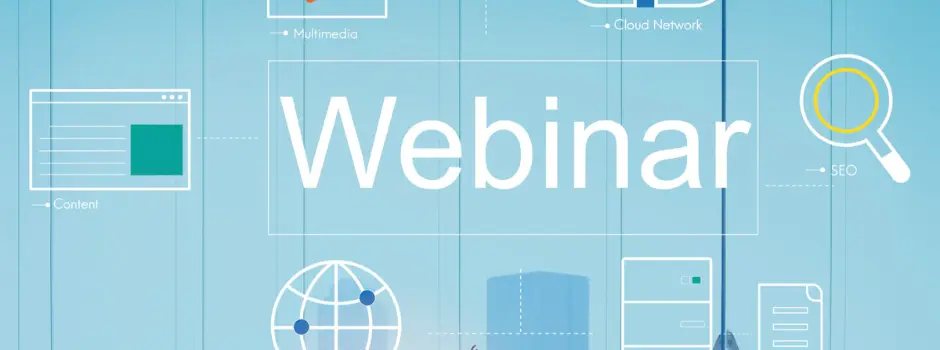
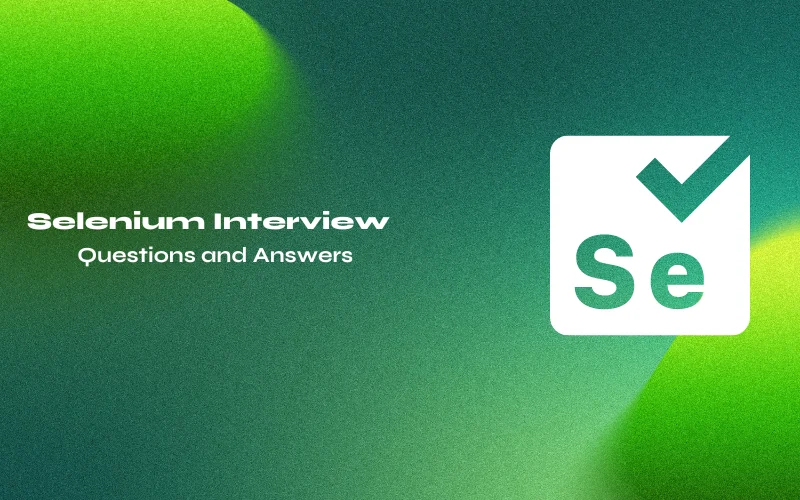


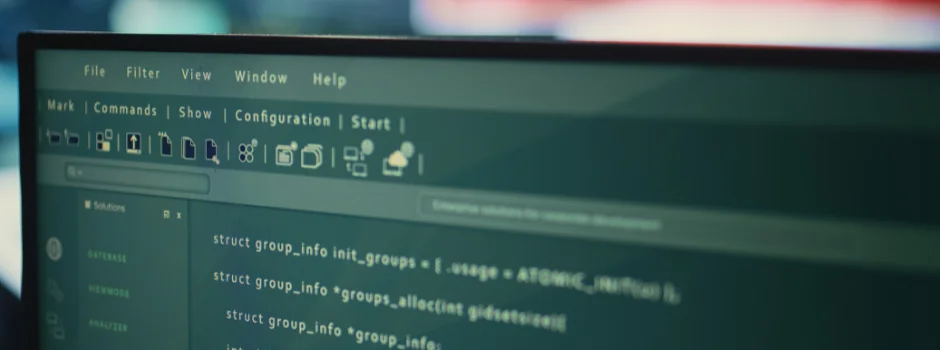
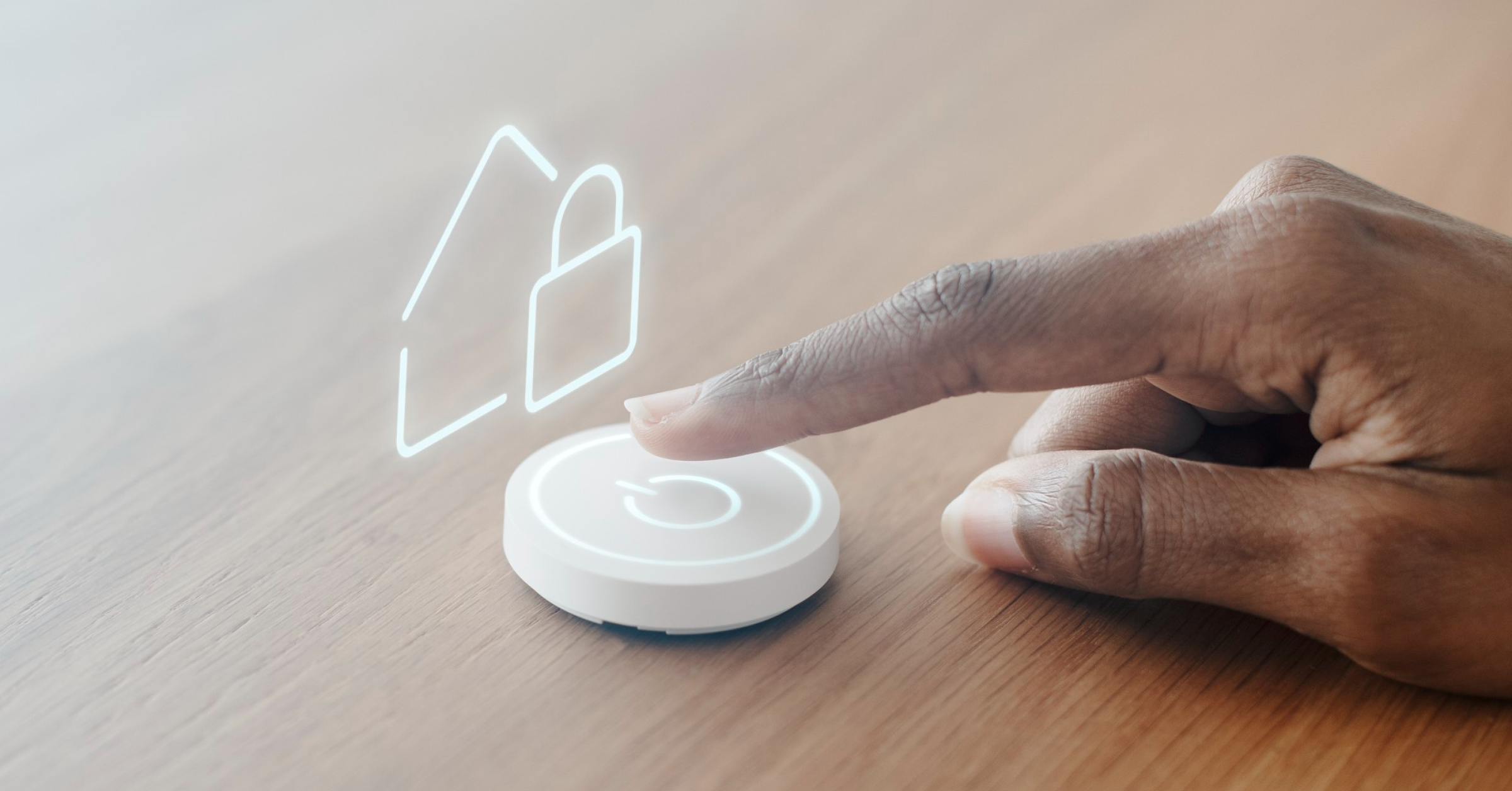
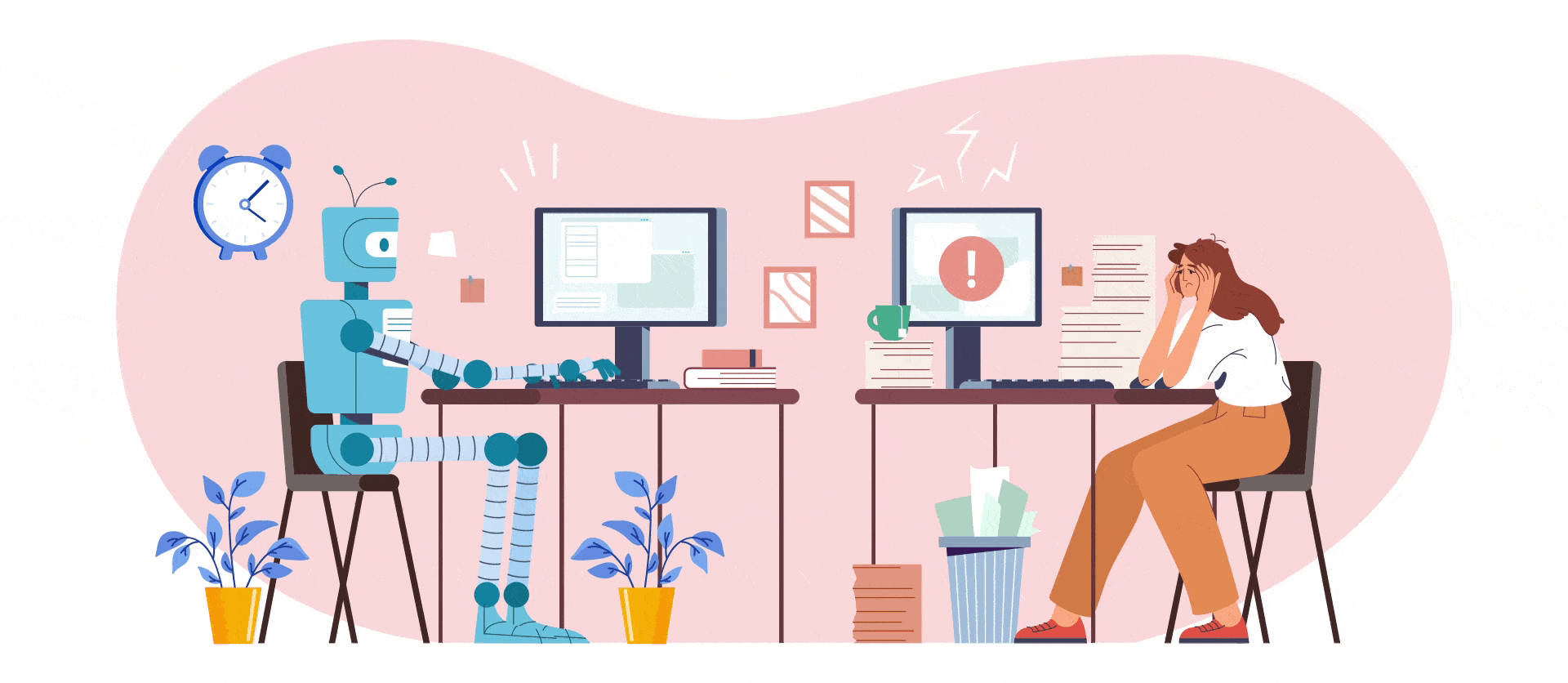

Did you enjoy this article?